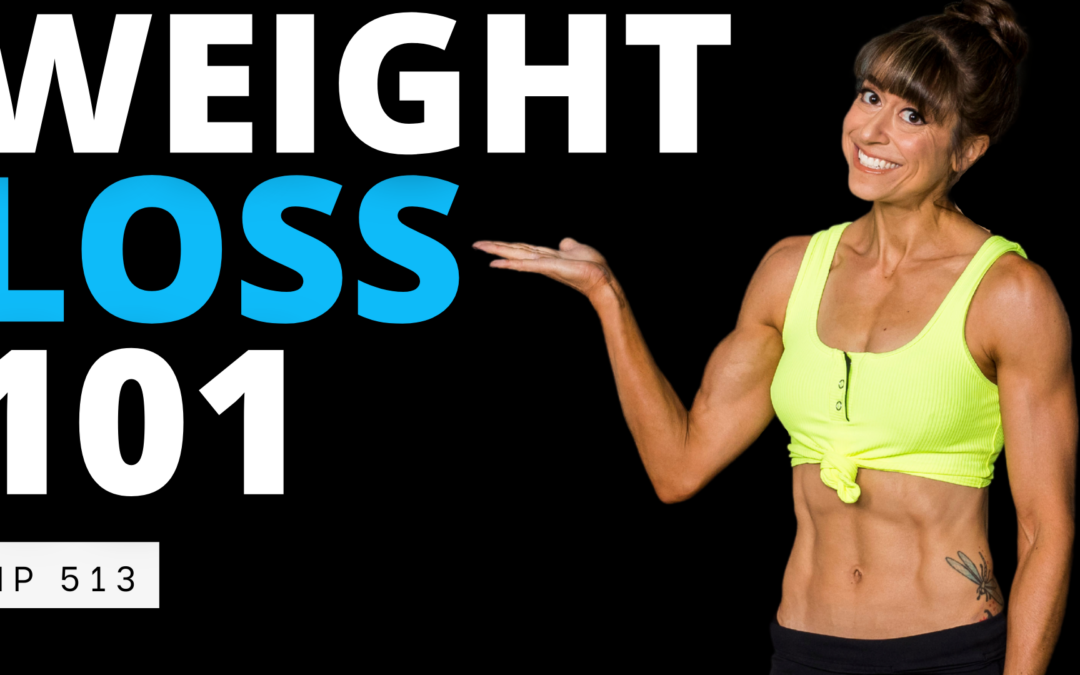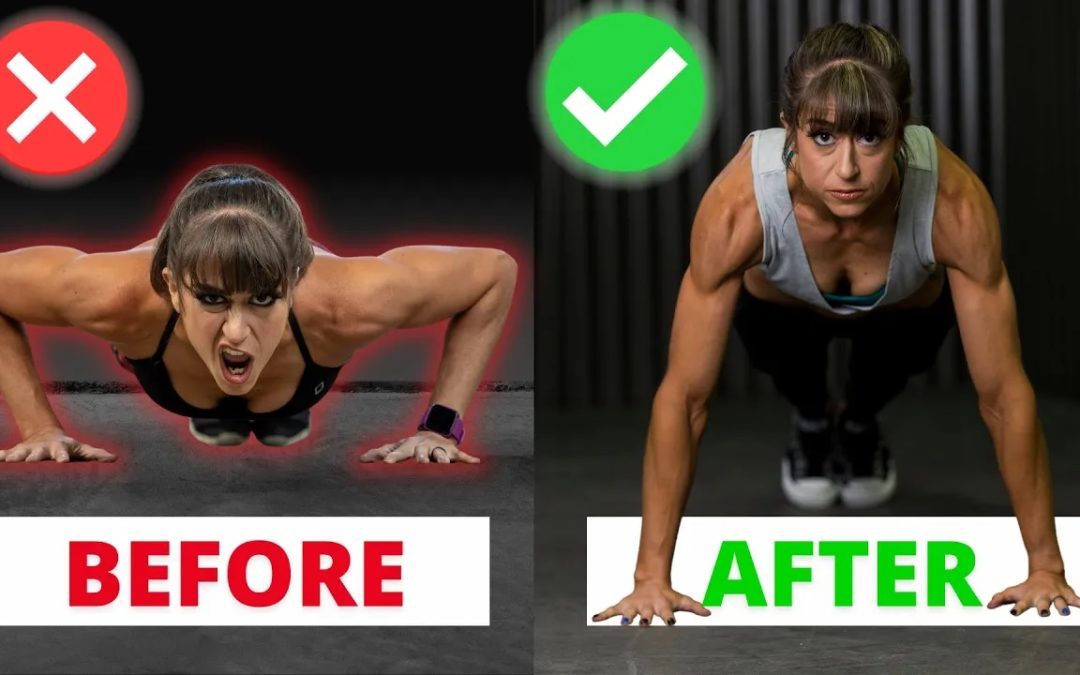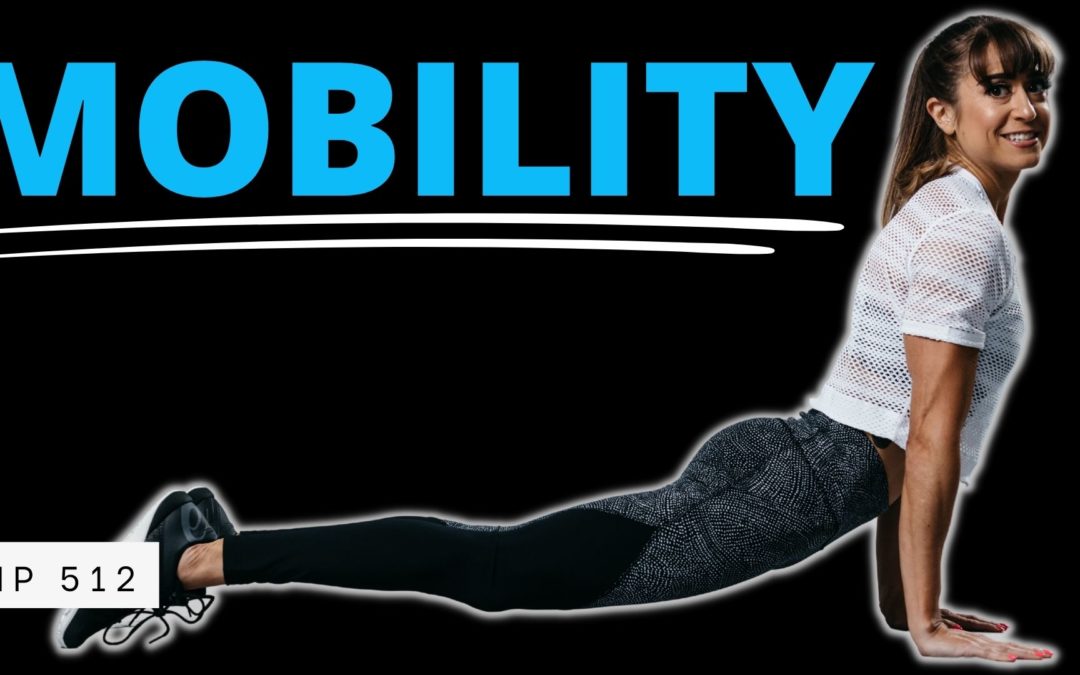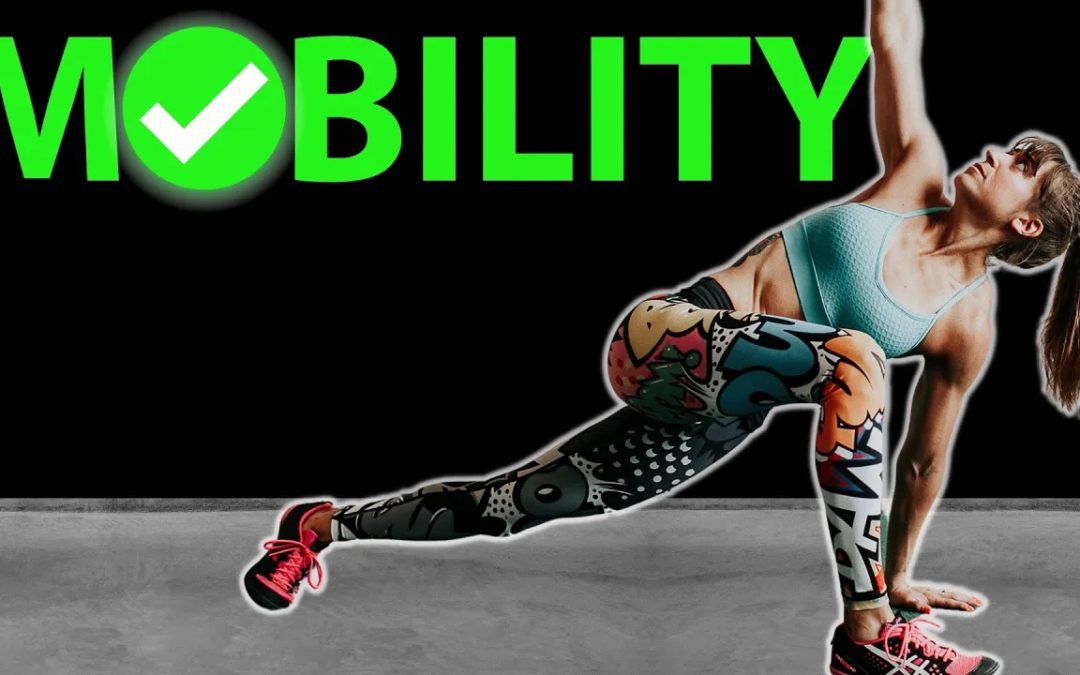
by Cori Lefkowith | Apr 9, 2023 | Blog, Diet, Exercises
You tried on those pants that wouldn’t button… You stepped on the scale that showed you a number that made you want to hurl it at the wall… So now…you’ve decided you want to lose weight. In this video I want to share 5 things no one tells you about losing weight, but...

by Cori Lefkowith | Apr 4, 2023 | podcast
Are you feeling frustrated by your lack of weight loss results? Don’t worry, you’re not alone. In this episode, we’ll be diving into the top five reasons why you may not be seeing the progress you want. We’ll cover why seeking rapid weight loss...

by Cori Lefkowith | Apr 2, 2023 | Blog, Bodyweight, Exercises, Push Ups
Are push ups your arch nemesis? Do you struggle to do even one? Don’t worry, you’re not alone. In this video I’ll share 10 tips to help you improve your push ups fast and be able to perform them flawlessly by addressing the common form issues and weak...

by Cori Lefkowith | Mar 28, 2023 | podcast
In this episode, we’re diving into 5 essential strategies for maintaining optimal mobility and movement throughout your life, regardless of age. We’ll cover… 1. Debunking the myth of “bad exercises” and embracing a variety of movements 2....

by Cori Lefkowith | Mar 26, 2023 | Blog, Exercises, Foam Rolling, Functional Fitness, Pain Relief, Warm Up
Aches and pains add up as we get older. But it’s not our age we should blame. We instead need to assess our previous injuries and the rehab we did. As well as the PREHAB we are currently doing. Because we can never stop doing what makes us better. Use it or lose it. ...






